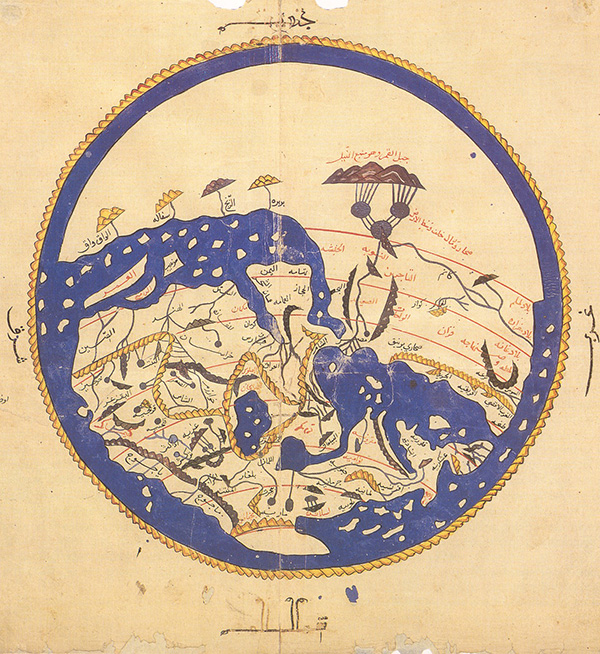Every spring, typically between March and May, the Frankish leadership convened a general assembly known as a diet (also referred to as campus martius, conventus francorum, or placitum generalis). These assemblies were critical for discussing legal and administrative matters and for planning the annual military campaigns. At these diets, leaders would evaluate their current holdings, identify potential targets, and strategically select regions to conquer in the coming campaign season. This practice of raiding was not only a method of expanding the Frankish realm but also a major source of income for the royal treasury. Decisions made during these sessions determined the direction of ravage campaigns and significantly influenced the economic stability of the realm through the acquisition of wealth, resources, and land.

The 777 diet was convened in Paderborn, located in the recently conquered territory of Saxony. For this assembly, a temporary wooden palace was erected to accommodate the proceedings. This event was marked by the mass baptism of pagan leaders, overseen by ecclesiastical dignitaries and the papal nuncio, highlighting the merging of political and religious agendas. During this significant gathering, Frankish chroniclers drew comparisons between King Charles and John the Baptist, underscoring the ceremonial importance of the baptisms in establishing the king’s divine mandate and leadership over the newly integrated regions.
In a related development, the proclamation of Abd al-Rahman I as emir of Cordoba in 756 had precipitated a break from the Caliphate of Baghdad and sparked revolts in the Muslim cities along the Ebro Valley. The local rulers, or walis, of these cities took advantage of the ensuing chaos to assert their independence from Cordoba, ceasing the payment of tributes and dues previously owed to the emir. Recognizing a strategic opportunity, Charles invited emissaries from these cities to Paderborn to discuss a potential alliance. This alliance aimed to help them maintain their independence from the dominion of Abd al-Rahman I, known as "the hawk of al-Andalus," effectively weakening Cordoba's influence in the region.
The Frankish Chronicles reliably indicate that Sulayman ibn al-Arabi, the governor of Barcelona and Girona, attended the Paderborn conference, as did, though less certainly, Hussain ibn Yahya al-Ansari, the governor of Zaragoza. The documents also note the presence of Kasmin ibn Yusuf—son and son-in-law of Yusuf al Fihri, the former emir of Cordoba ousted by Abd al-Rahman I in 755 and murdered in 760. While some sources mention Abu Taur, the governor of Huesca, for his involvement in the 778 campaign, they do not record his presence at the Paderborn assembly.
Charles's strategic goal was to establish the Hispanic March, a militarized administrative zone south of the Pyrenees, directly controlled by the Frankish kingdom and managed by a Frankish count with extensive powers and a substantial military force. This March was intended to fortify the southern frontier of the Frankish realm against both the Basques and the Muslim emir of Cordoba.
The establishment of the Hispanic March required a delicate balance of diplomacy with the Muslim walis, allowing them to maintain their religious practices while also planning to conquer and subdue the Basques. Therefore, the military campaign of 778 was specifically aimed at capturing Pamplona, the principal city in the Basque Country, to secure this critical border area.